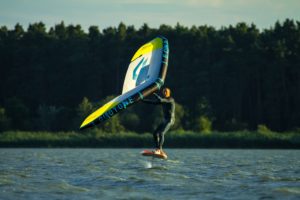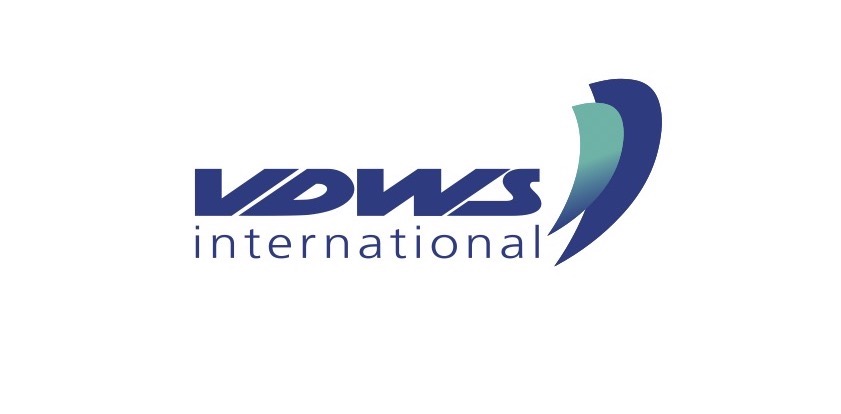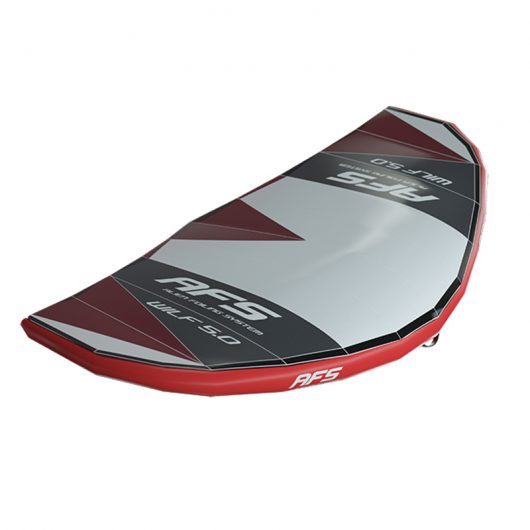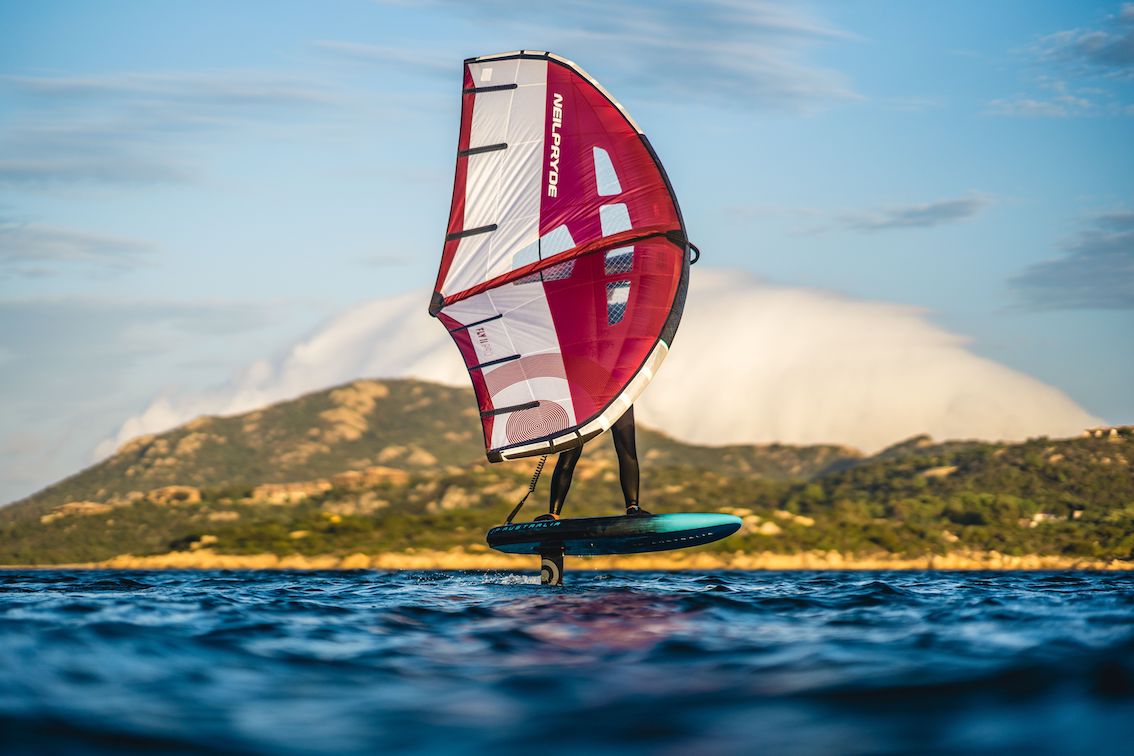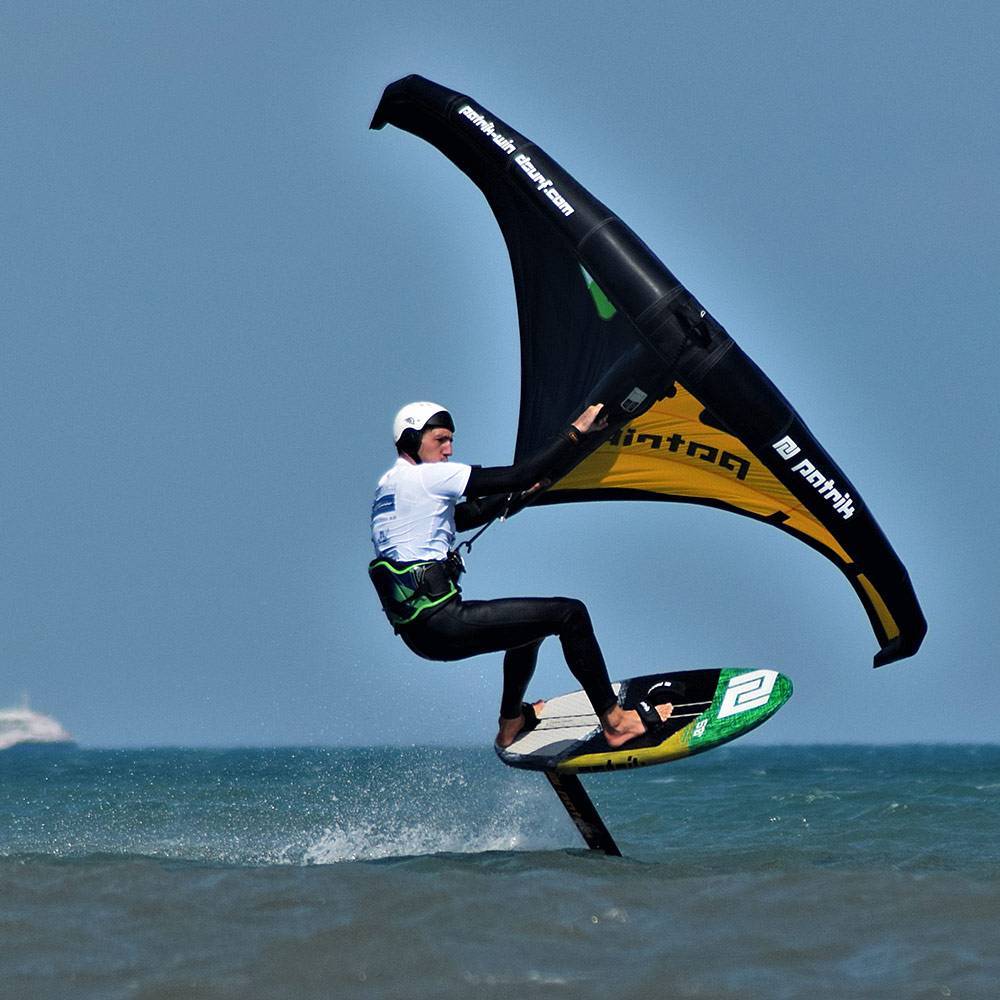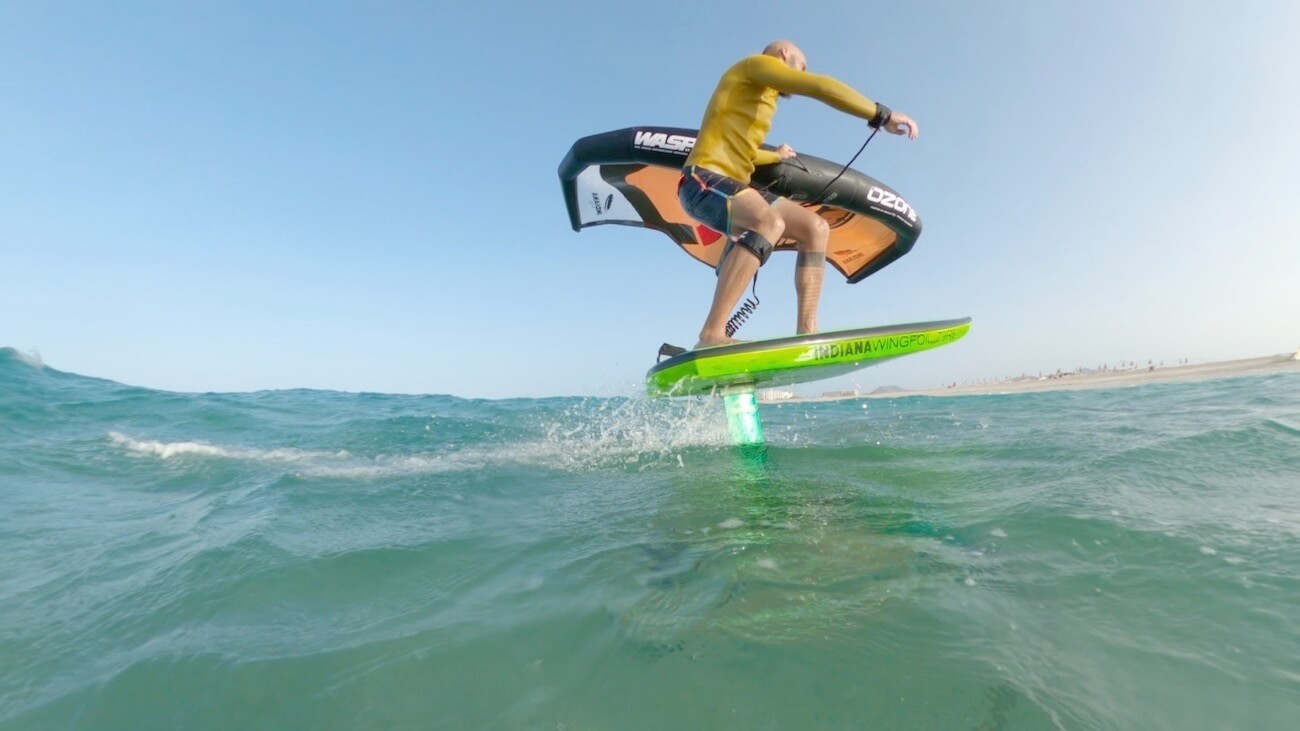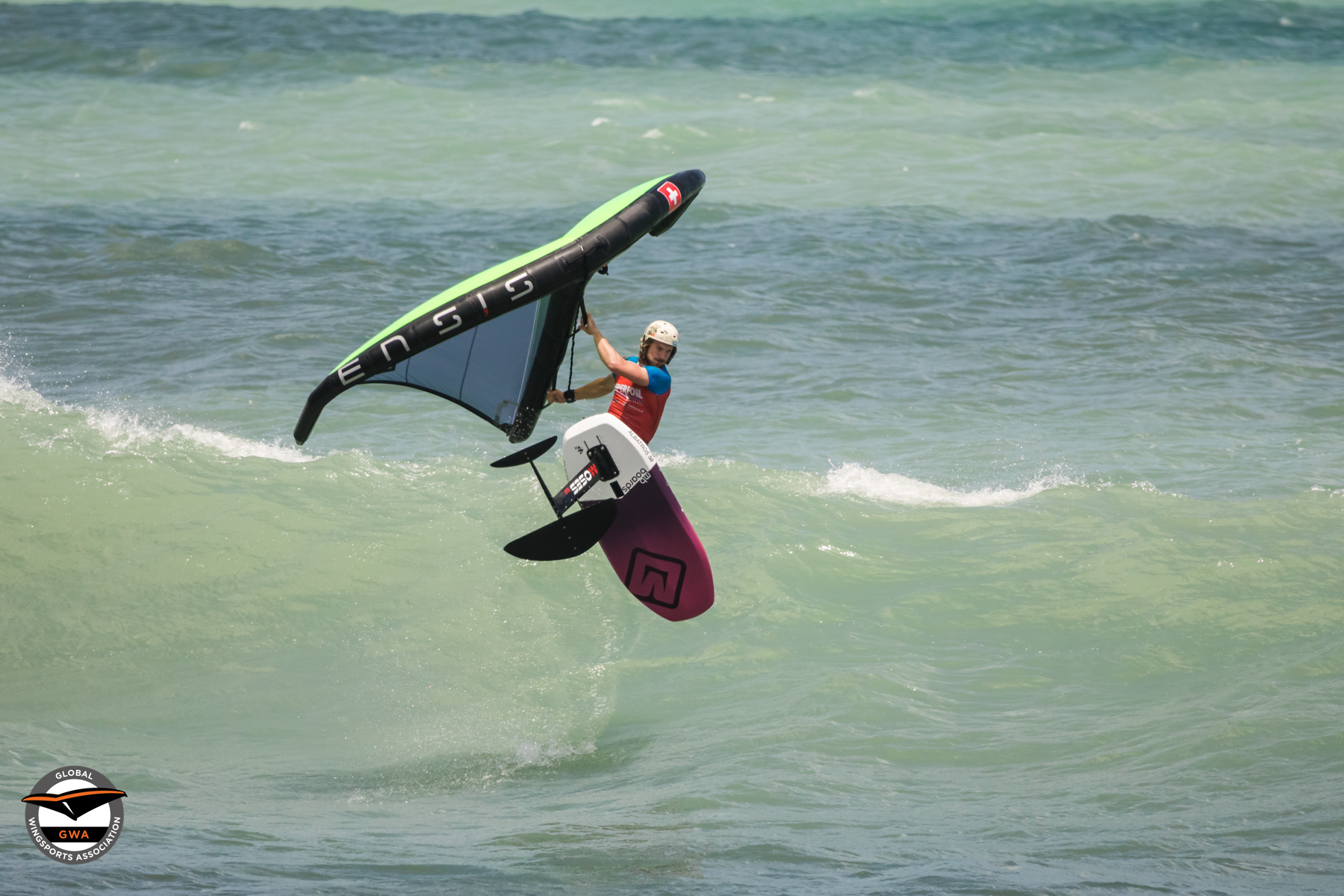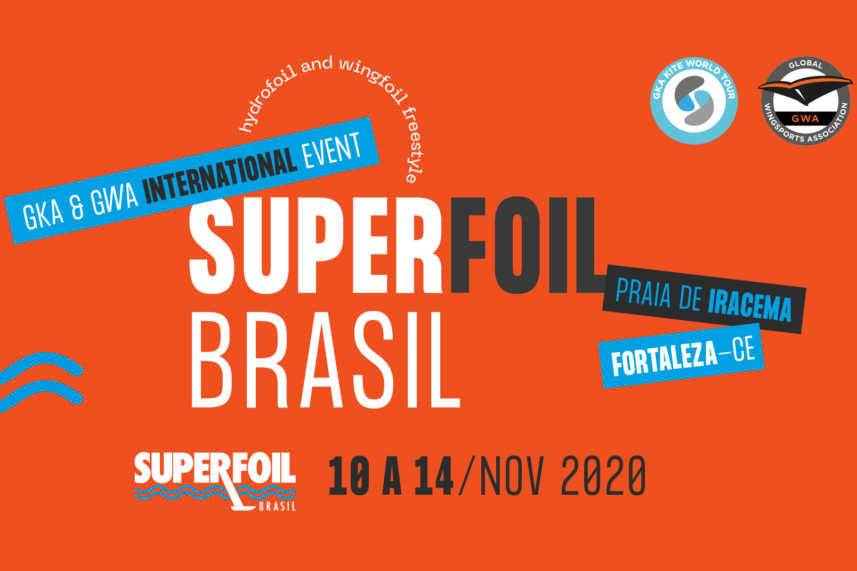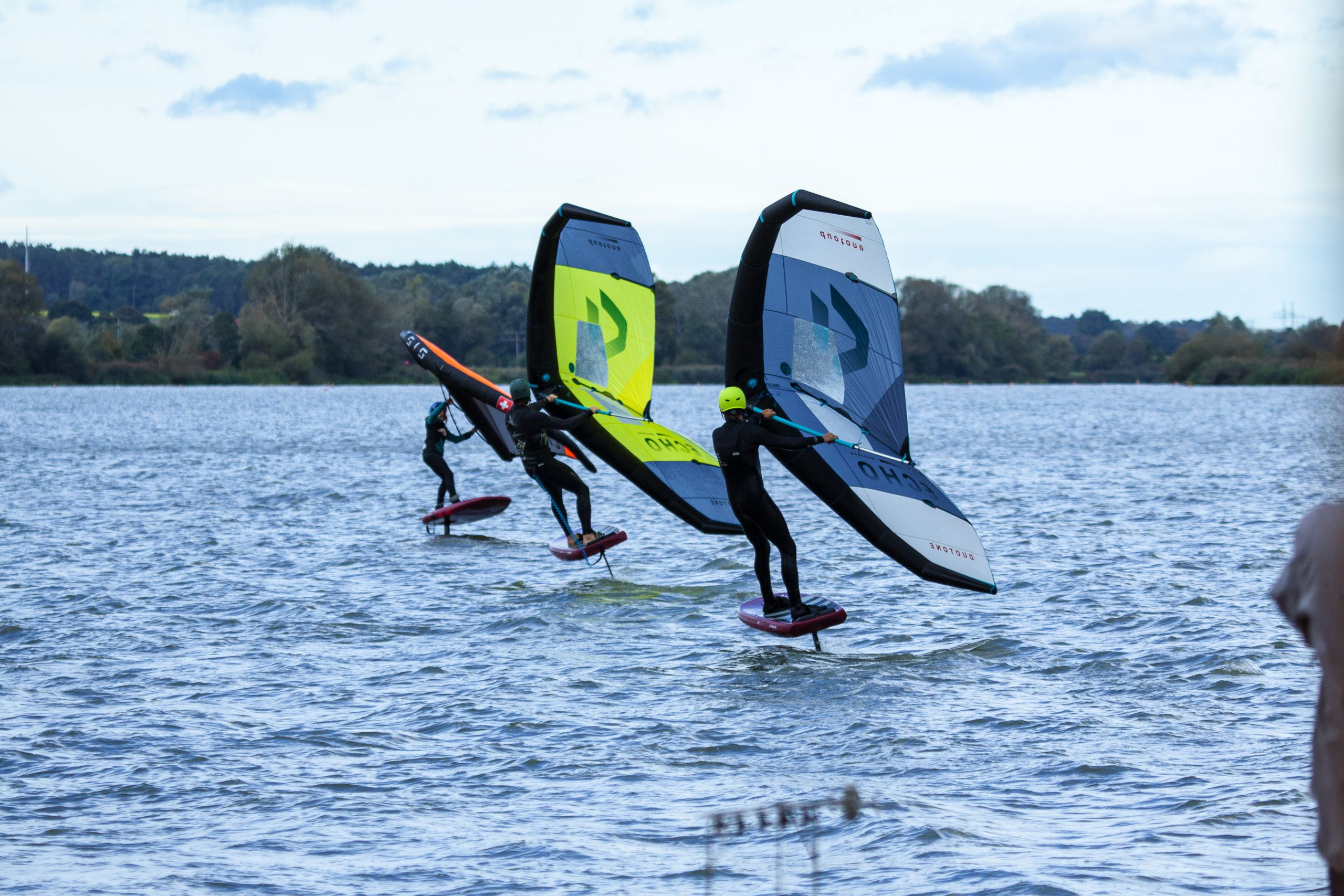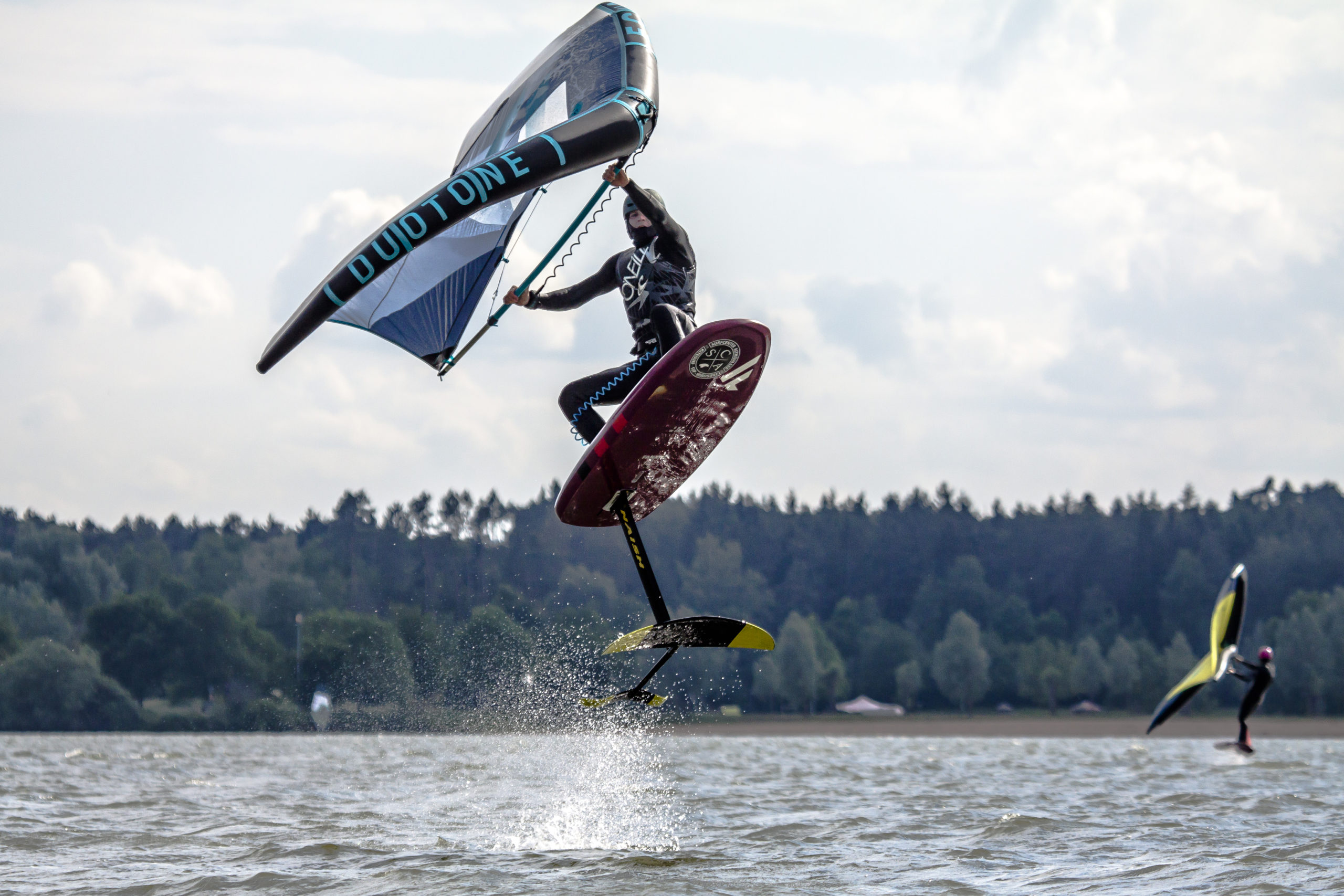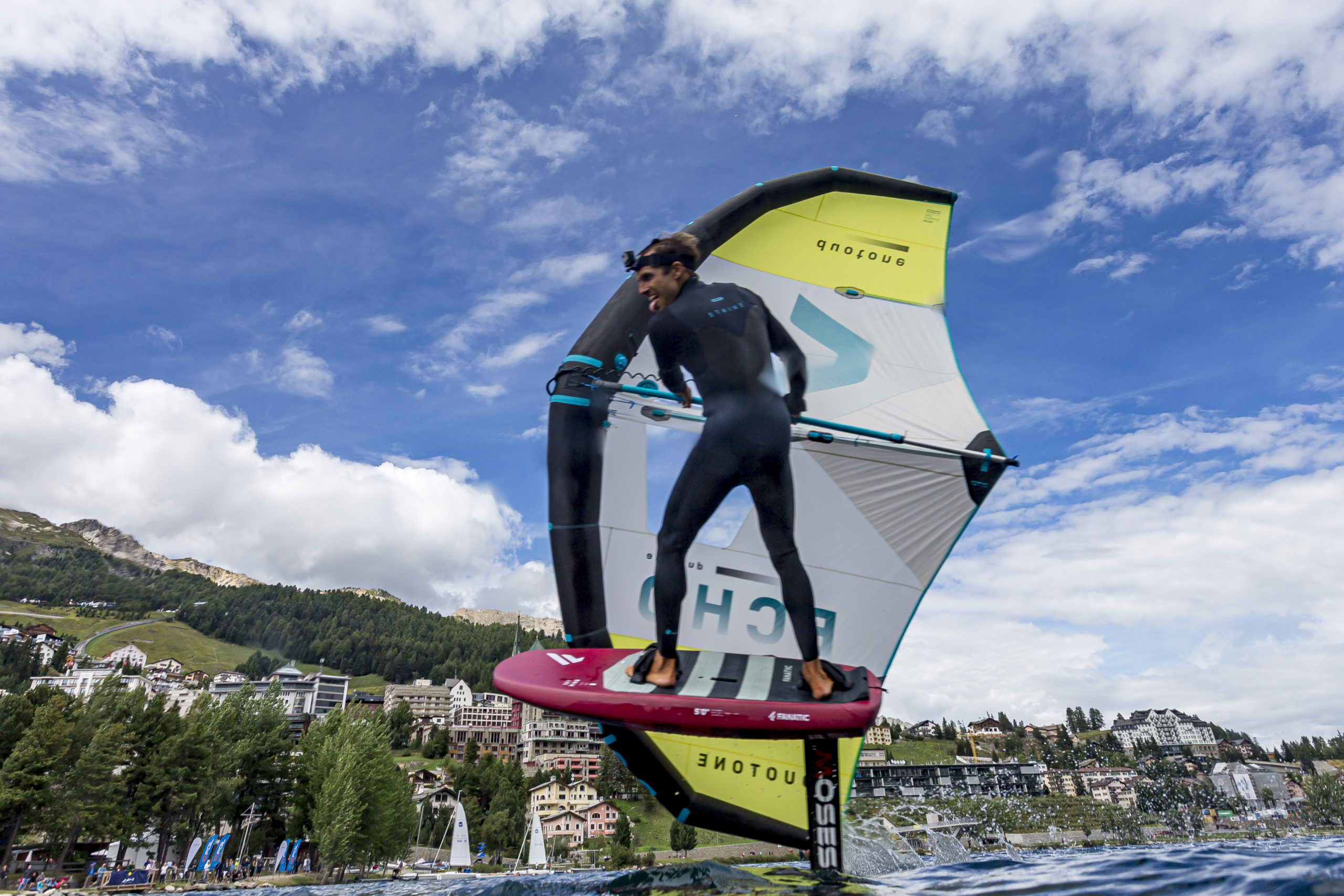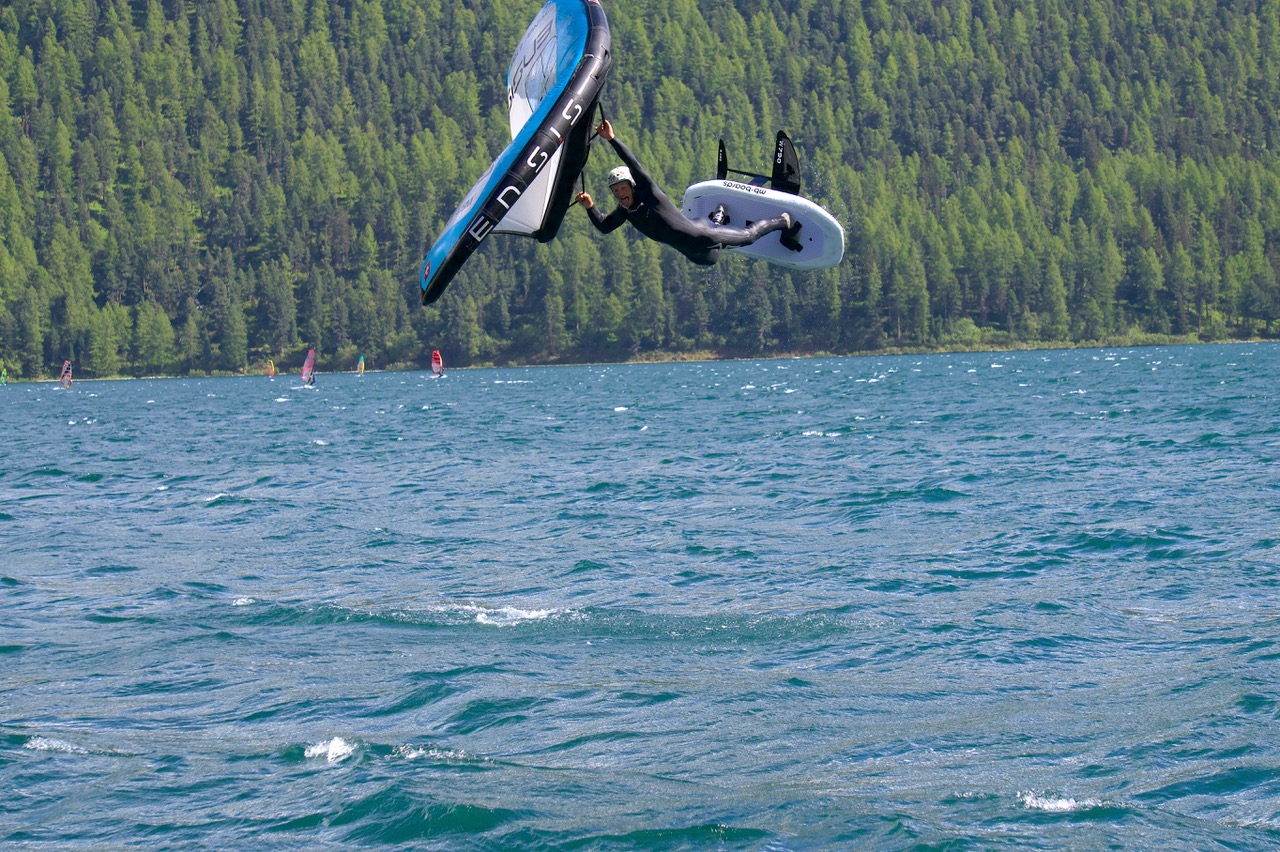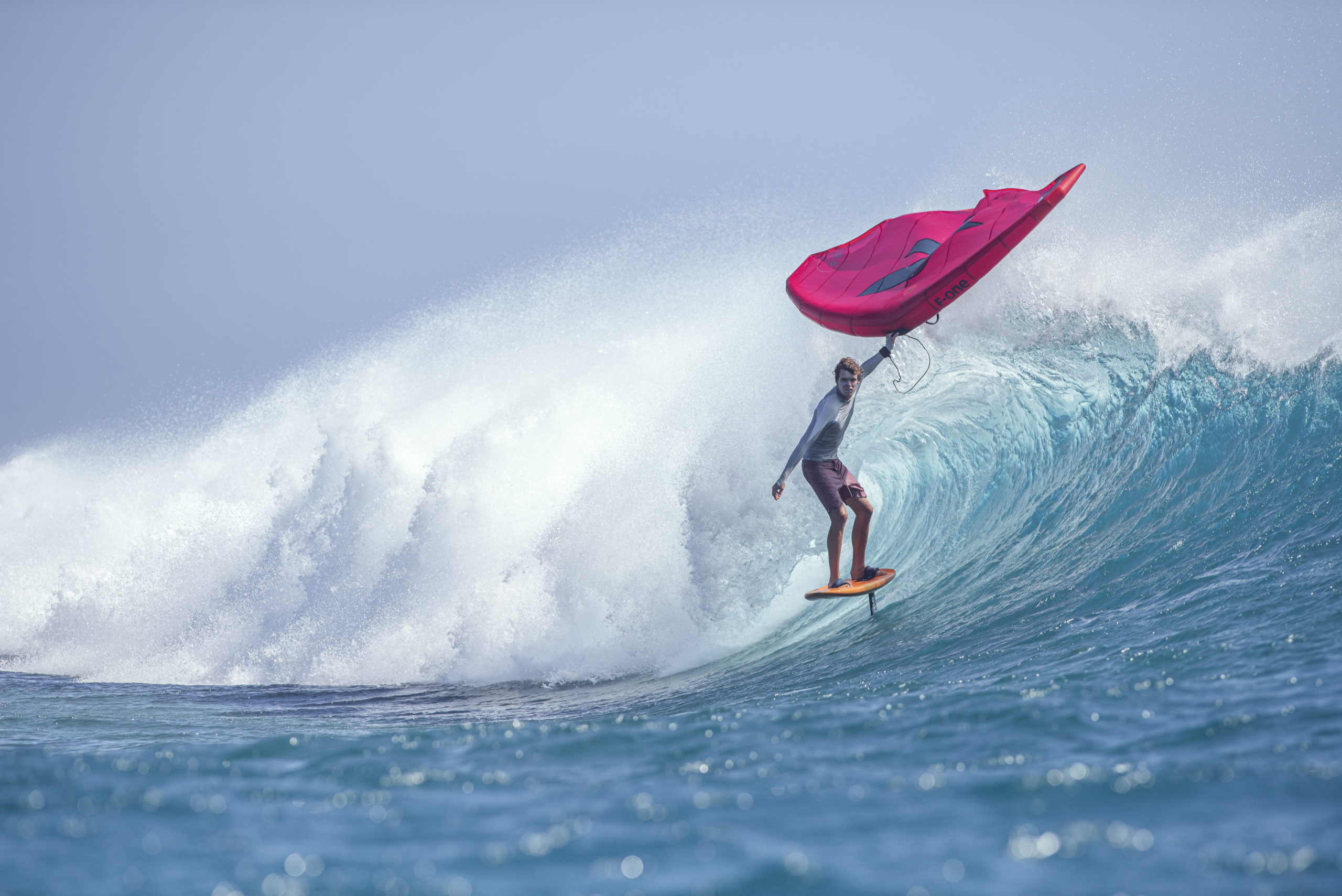How to choose the right equipment for Wing Foiling (Beginner Version)
With winging exploding onto the market, a variety of equipment has also debuted. You’ll see wingers out on 6’0 SUP boards and 40L surf foils. Everyone is still working out which equipment works best for which conditions but one thing is clear–everyone is excited about winging!
Therefore we’ve provided a guideline for how to choose the right gear to get started with wing foiling and wing surfing.
Getting started with wing foiling necessitates a much different set-up than when you’re working on advancing your skills but no matter your level, you’ll need a wing, a board and a foil.
The beauty with wing foiling is that there’s less gear to manage, store, clean and haul to the beach for a session. But that does not make it any less crucial to find the right gear for you. Giving yourself the best opportunity to learn to wing means choosing the most appropriate gear for your level.
Read on for the Global Wingsports Association guide on how to choose your wing foil set up.
The Wing
The best place to start! Wings are still in the relatively early stages of development but already we’ve seen great strides in performance and ease-of-use.
Your primary area of focus as a beginner will be learning to steer the wing. It can be helpful to start on land and get used to how the wing moves. Focus on understanding how the wing works and how to power up and depower the wing.
Once you’re out and moving slowly across the water, you’ll begin to focus on getting up on the foil.
As a beginner, you’ll most likely want to start with just one wing. We’ve found that it is easier to get started with more power than less and therefore you’ll want to go out in stronger winds and also start on a bigger wing.
Wing sizes range from 2.8 to 6.4 meters. A good starting wing (as a general rule) is to start with a 4m wing for anyone up to 70kg or 155lbs and a 5m wing for anyone over that weight.
The second thing to consider when choosing a wing is how you’ll hold it. You’ll find two primary means of holding the wing, either soft handles running along the center strut or a hard boom that is attached to the center strut from tip to tail. Each has its pros and cons so just choose what you’re more comfortable with.
Finally, consider your choice of leash attachment or how you’ll maintain a connection to your wing. Leashes are usually attached either on your wrist, usually attached to your “front” hand, or to your waist leash. Each version has pros and cons as well so once again, choose what feels more comfortable.
The best thing to do is demo a few different setups to get a feel for what you prefer!
The Board
Beginner wing foilers should choose floaty and stable boards-yes, you actually want to be able to stand on the board while you’re just floating there. A good rule of thumb is to have 30-40 liters of volume over your body weight. For example, if you weigh 80kg, go for a 120L board.
As you progress, you’ll be able to move to a smaller and more maneuverable board but for at least the first few sessions, you want to maximize your learning time. Bigger boards provide enough float so that you can concentrate on learning how to control the wing without also having to focus on balancing on your board.
With bigger boards your balance doesn’t have to be as good so keep this in mind when choosing your first set-up–if you’re more experienced in watersports you may be able to start on a slightly smaller board. As a general rule of thumb, the more advanced you get, the smaller board you’ll want to ride. Many high-level riders are using surf foil boards with less than 50L of volume.
The Foil
The foil is made up of a mast, fuselage and wings. When choosing a foil, you’ll want to look for foils that are stable, have good glide and plenty of lift. We’ve found that a taller mast (70cm +) is good for learning because it gives you good height and keeps you from breaching in ocean chop or swell.
Beginner foilers will want to look for foils that don’t need a lot of speed to get up, meaning you’ll be able to get on foil at slower speeds. Super slow speed foiling is crucial for learning in a safe and effective manner. Look for foil wings that allow for speeds of 10-12km on the low end. You’ll also want to look for a foil that allows you to wing in a wide range of wind conditions.
As you progress, you’ll want a foil wing that allows for acceleration, more speed and excellent turning capabilities.
Expert tips:
- Learn in an area that has a safe landing downwind. Most likely, you’ll do a number of downwind runs before you learn to stay upwind. Give yourself plenty of space.
- Take deep breaths. Falling off the board, plunging into the water and dragging yourself back on the board can be exhausting. Take rest breaks and don’t forget to breathe!
- Try foiling without the wing. If you have access to a jetski or boat or e-foil, attempt to learn the foil by itself. Understanding how foiling works will enable you to progress much faster when you try to put all the parts together.
- Helmet up! Protect yourself from injury-the foils are sharp and the boards are hard-by wearing a helmet, impact vest, booties and full wetsuit. Believe us, you’ll want it.
- Find a school. It’s important to have expert instruction when learning; you’ll learn in a safe and effective environment. Find a shortlist of our recommended schools here.
The first GWA event of the year is coming up! Don’t miss out on the SuperFoil Brasil.
Know a friend that could use this? Send it to them! Want more insights into the world of wing foiling? Sign up for our newsletter!

